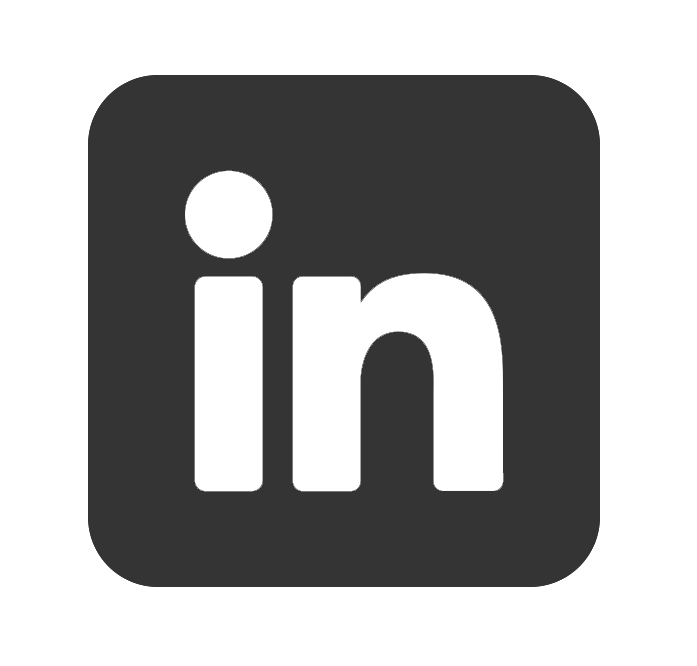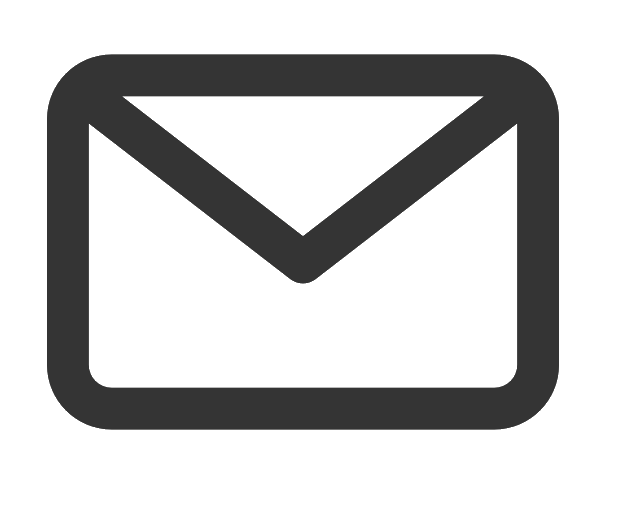Senior Design Strategist & Leader
Hello! I am a collaborative BIPOC Social Impact Design Strategist who is deeply curious about and committed to solving big challenges.
As a seasoned strategist, I have extensive experience in senior leadership and consistently transform projects that advance access and equity while also driving revenue growth. My career is defined by jumping into an expansive range of industries and building success through strategic insight, regenerative + decolonized design-thinking practices, and mindfully managing client relationships.
Below are highlighted case studies illustrating how I have helped private and public sector clients conceptualize and achieve their social impact goals.
Thanks for taking the time to learn more about my body of work!
Let’s connect —I’d love to learn more about you, too!
Erika Backberg
On a more personal note…
I play soccer, love a good thunderstorm, and have physically run into Pierce Brosnan three times! Once in Hong Kong at a 007 movie premiere, on the UCLA campus in Los Angeles, and on my honeymoon in Kauai.
Artistically, my creativity and interpersonal wizardry have earned me a few fun accolades, including three short films screened at Festival De Cannes, a Super Bowl commercial for CareerBuilder, and ‘Best Children's Educational Computer Content’ by Wildscreen for my interdisciplinary research in watershed education. I was named one of the Top 100 Creatives of the Twin Cities, coupled with my success as the founder and namesake designer of Erika Bee, an eco-ethical jewelry brand.
Erika’s Portfolio
Click on logo to explore each project
Executive Leadership
Systems Design
Marketing Projects
Click on logo to explore each project













